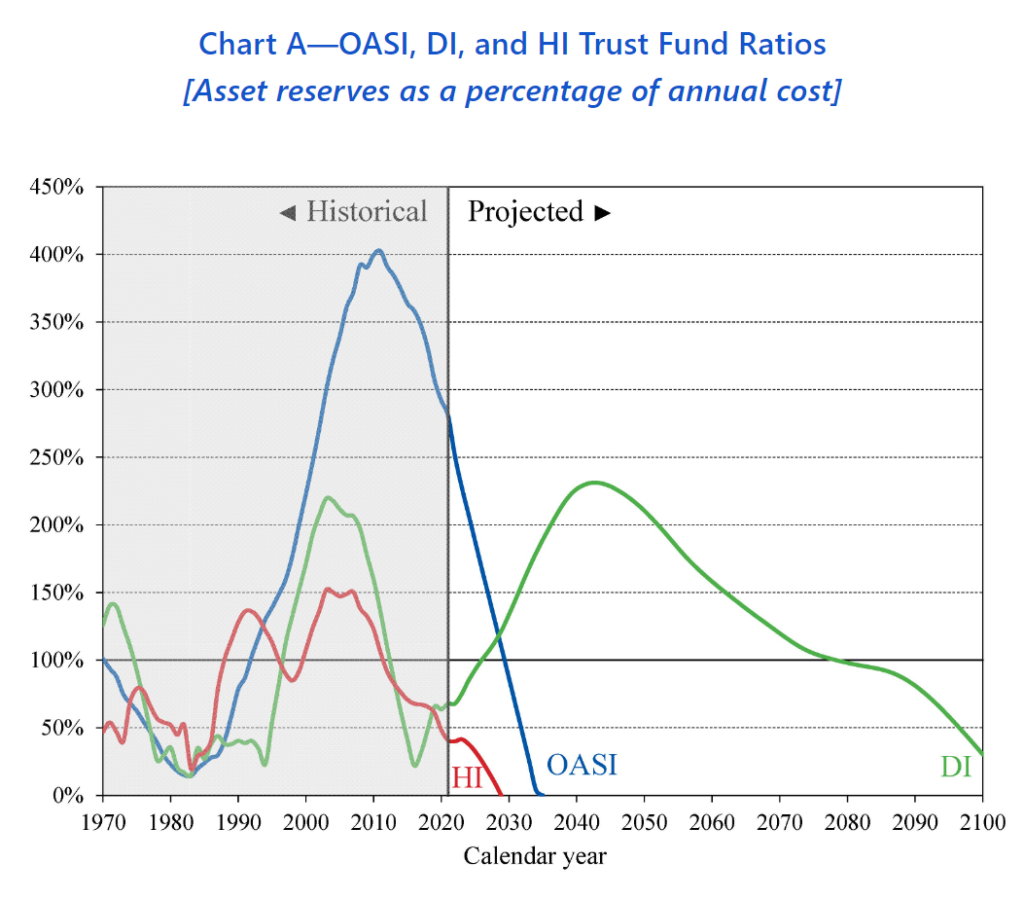Graphic:

Excerpt:
Among the 17 states where population declined over the year, losses were greatest in New York (-1.58%), Illinois (-0.89%), Hawaii (-0.71%) and California (-0.66%). Losses in these states were driven by people moving away.
Four states experienced population declines because more people moved out than in, and more people died than were born: Massachusetts, Mississippi, Michigan, and New Mexico. The data does not separate deaths related to COVID-19 from others.
Aside from states with declines, population grew slower over the year than over the 2010-20 period in 19 states. Among them, Washington, Colorado, and Oregon experienced the biggest slowdown in growth compared with their decade-long pace.
After Idaho and Utah, population grew the fastest in Montana (1.66%), Arizona (1.37%), South Carolina (1.17%), Delaware (1.16%), and Texas (1.06%). Gains in each came mostly from new residents moving into the state.
Fourteen states grew more quickly than their 10-year paces. Idaho, Montana, Maine and New Hampshire sped up the most.
Nationwide, gains from international migration exceeded gains from the natural increase in 2021. It was the first time that newcomers from other countries contributed more to population growth than gains from births in a given year, according to the U.S. Census Bureau.
Author(s): Joanna Biernacka-Lievestro & Alexandre Fall
Publication Date: 12 May 2022
Publication Site: Pew

